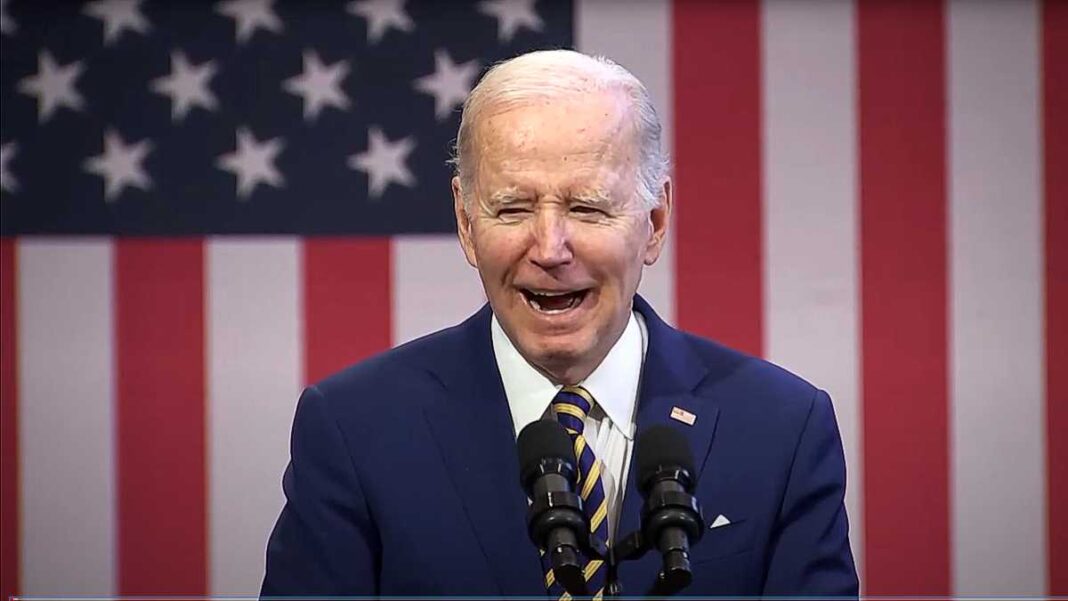Biden’s economic policies gave us three years of excessive, wasteful, and poorly targeted federal spending.
President Joe Biden spent much of his third year in the White House trying to brag about what he’d done for the American economy.
In February, speaking to a chapter of the International Brotherhood of Electrical Workers in Maryland, he declared, “For the past two years, we’ve been carrying out my economic plan that grows the economy from the bottom up and the middle out, not the top down.” Biden then recited a laundry list of economic indicators. The unemployment rate was 3.4 percent. Gas prices had dropped by $1.60 per gallon. In his first two years in office, he said, “we created 800,000 new manufacturing jobs.” Inflation was down from its peak, and take-home pay was up. “We’ve got more to do, but I’m telling you, the Biden economic plan is working because of you all,” he said, pausing for applause. “And I really mean it.”
This was typical of Biden’s prepared public remarks. In at least a dozen speeches and statements in 2022 and 2023, the president referred to either “my economic plan” or “the Biden economic plan,” crediting himself and his administration with the state of the economy. “My economic plan is showing results,” he said in a prepared statement in November 2022. “My economic plan is working,” he said in July 2023.
In summer 2023, Biden finally gave that plan a name. Or rather, he adopted the name his critics had already used to describe his policies: Bidenomics.
The term had begun as a derisive label for the president’s economic foibles. An unsigned July 2022 editorial in The Wall Street Journal bore the headline “Bidenomics 101.” It took issue with Biden’s public demand that “companies running gas stations and setting prices at the pump” bring down their prices—a sort of Nixonian jawboning where you respond to inflation by trying to bully companies into keeping prices low. The president, the editorial charged, “doesn’t appear to know anything about how the private economy works.”









